Mining Methods
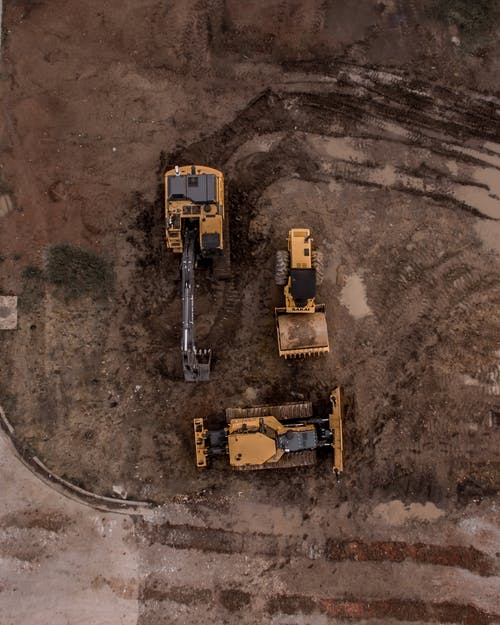
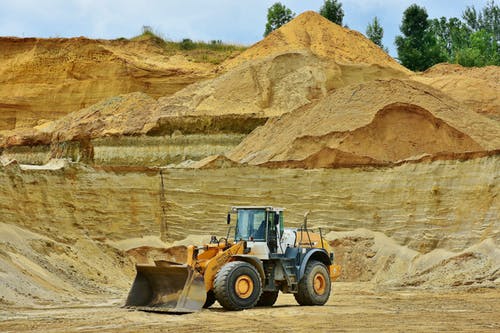
Dry Mining
Dry mining is typically reserved for sand and gravel or some lightweight aggregates. Most commonly begins with either a loader or excavator in the pit loading dump trucks. In some cases, portable plants or hopper/conveyor combinations replace the trucks. It has some advantages regarding common equipment, flexibility of mine planning, and dry mining can be used in almost any deposit composition. We can help!
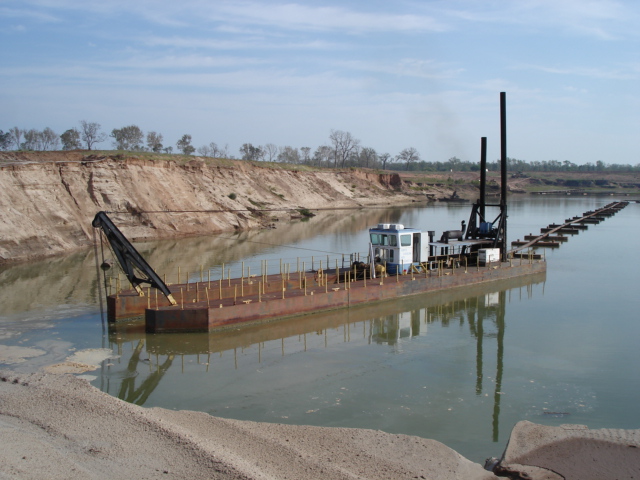
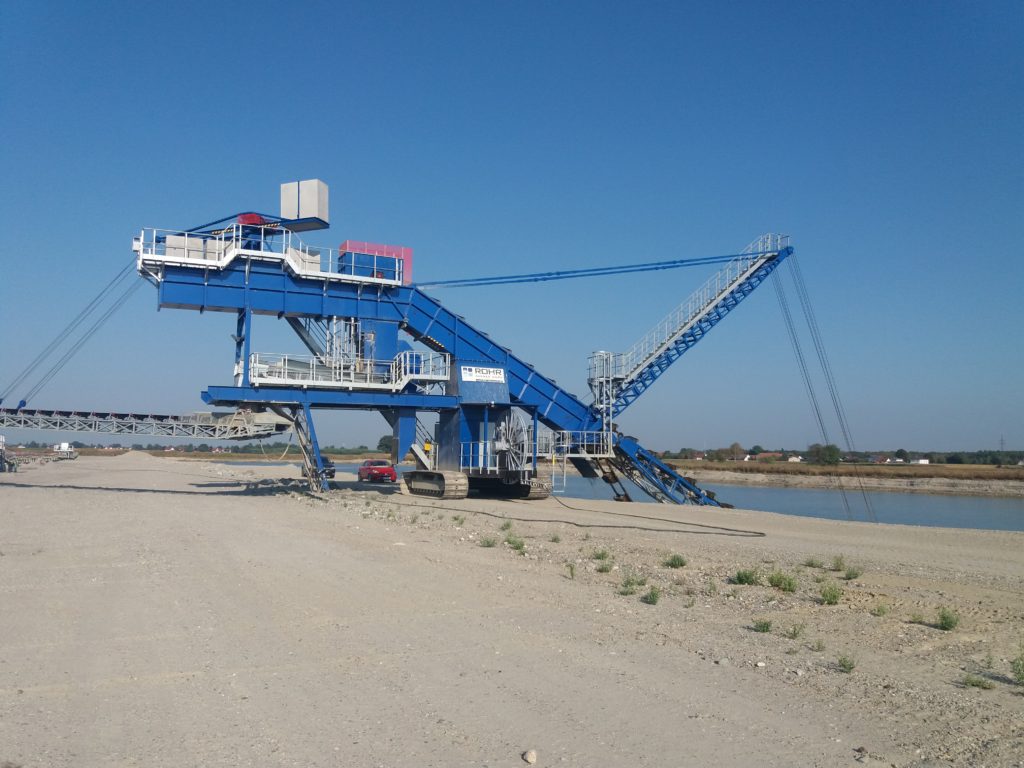
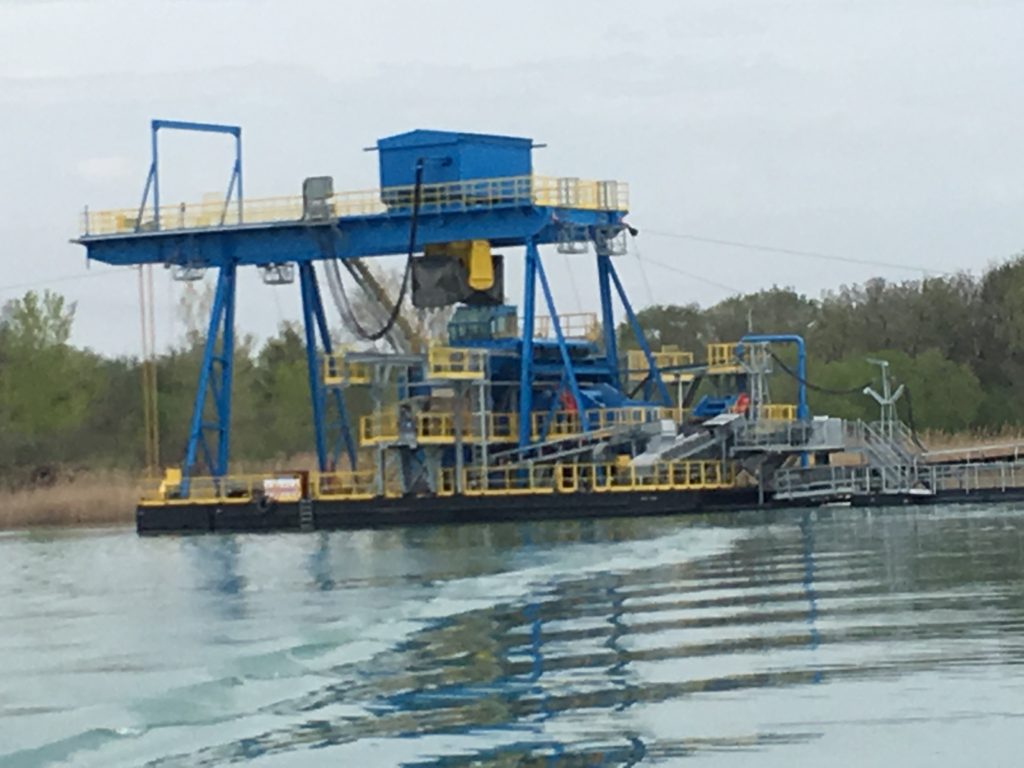
Dredging
When the water table is available, or a problem for dry mining, dredging can be a cost effective replacement to dry mining. Common in sand and gravel, deposit information is paramount in determining type of dredge required. Cutter head, jet suction, clam shells, and bucket ladder dredges all have relatively specific deposit applications. Each style can be custom built for the deposit, but can sometimes be modified to fit new applications. Replacing a fleet of trucks and excavators with a single dredge can be enticing. We can help!
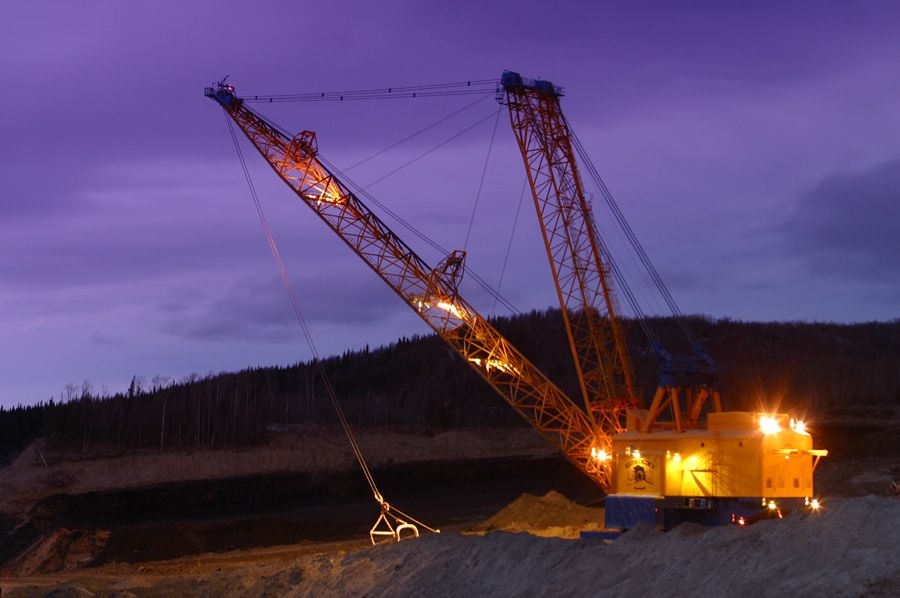
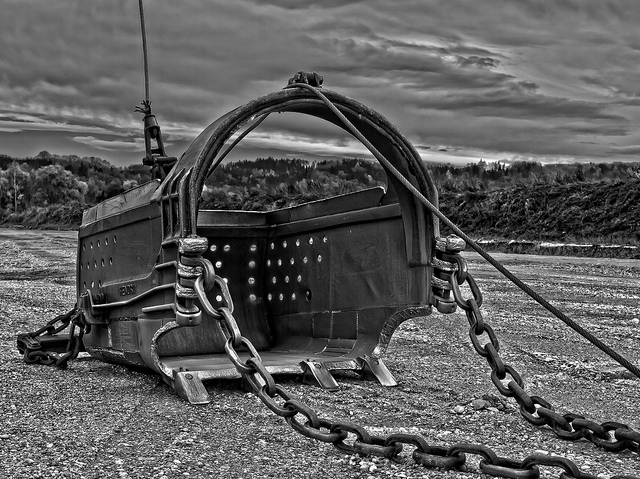
Draglines
Draglines, the biggest of the big equipment. Draglines are often seen in sand and gravel as well. They can be the lowest operating cost of all methods of sand and gravel mining, but capital costs can be very high, especially new. In most cases, the machines in use are from 1960-1980, making them a bit dated and difficult to find parts and operators. They can handle water well but can make maximizing ore recovery difficult. We can help!
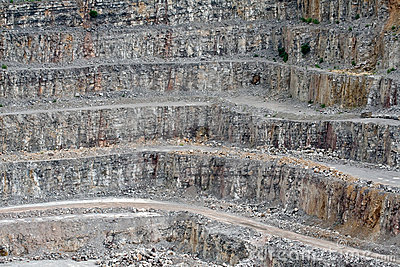
Drilling & Blasting
Simply put, rock quarries. In rock applications, drilling and blasting is the only viable option. Drilling and blasting is an intricate operation, from balancing neighbor impact versus fragmentation to ensuring uninterrupted production and material blending. We can help!

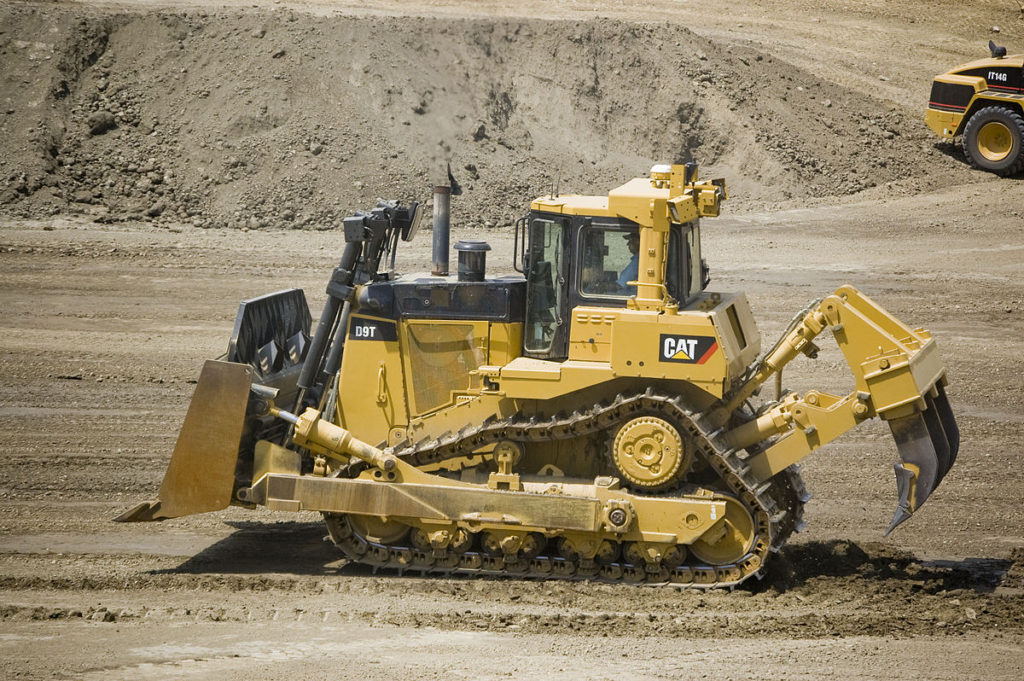
Other Methods
Dozer traps, rock milling, in-pit portable plants, simple sand pumping, and many more custom options exist. Whether a new operation or a current one in need of a refresh, we have been a part of many of these exercises. Let us help you find the right method for your application.
